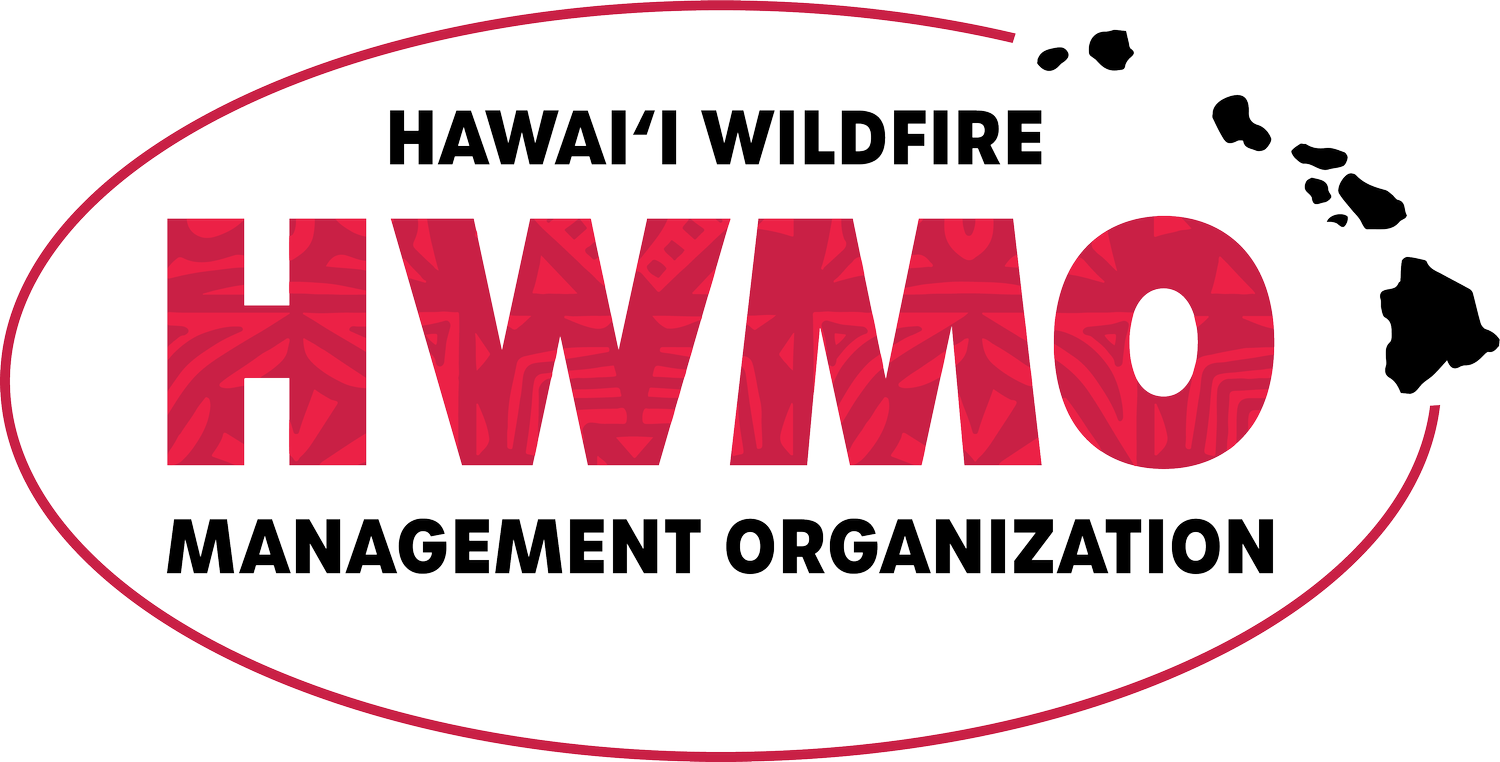CWPPs are a great planning tool for communities and have become a prerequisite for receiving federal funding for wildfire protection projects. A CWPP assists a community in identifying and prioritizing areas for hazardous fuel reduction treatments, and supports communities to take action. The plan assesses values at risk such as safety, natural resource protection, recreation, scenic values, and economic assets. Through a collaborative process involving input from community members, resource management and firefighting agencies, and a variety of other interested parties, CWPPs help bring wildfire hazard information and planning and action opportunities to all parties. These plans are increasingly important in Hawaii, which faces unique wildfire threats that are becoming more challenging due to increasing ignitions, drought episodes and land use changes. Wildfires have great impacts on Hawaii Island residents and natural resources, affecting:
• Daily life (road closures, traffic, evacuations, post-fire flooding, tax payer dollars)
• Human health and safety (dust, smoke, water quality, burned homes and structures, resident and firefighter safety)
• Ecosystem health and resilience (watersheds, forests, coral reefs, fisheries)
HWMO has helped develop this CWPP and the 2015 update for the South Kona region of Hawaii Island.
Although there is no requirement to update the CWPPs, Hawaii Wildfire Management Organization (HWMO) staff and technical advisors determined an update would be an important tool to revitalize community engagement and action in wildfire protection and hazard reduction activities. In addition, the community input and action projects needed to be updated. Wildfire hazard is predicted to increase with high vegetation and continued drought.
Within the last two years, HWMO conducted a statewide wildfire hazard assessment and a statewide wildfire history map that shows wildfire ignitions on each island between 2002-2011. The resulting maps and assessments for the South Kona CWPP planning area are included are included in this addendum.
Community input is critical to making the plan a living document that can be used as a resource to help guide community associations, fire agencies, landowners, and natural resource agencies towards meeting their fire protection goals. The CWPP Update process provided a venue for residents and agency personnel to discuss wildfire concerns and brainstorm solutions together during four community meetings.
